18650 vs 26650 vs 21700: Which Battery is Right for You? These batteries, widely used in various electronic devices, possess unique features and applications. Let’s explore their characteristics, advantages, and drawbacks to understand which one suits your needs best. How do these batteries stack up against each other regarding performance and usability? Let’s delve into the details to find out.
The 18650 battery is a widely used cylindrical rechargeable battery, measuring approximately 18mm in diameter and 65mm in length—a naming convention directly derived from its size. First introduced in the 1990s, it was initially applied in laptops and small electronic devices. Over time, its high energy density, stable performance, and versatility have made it a core power source for numerous applications, ranging from flashlights and tools to electric vehicles.
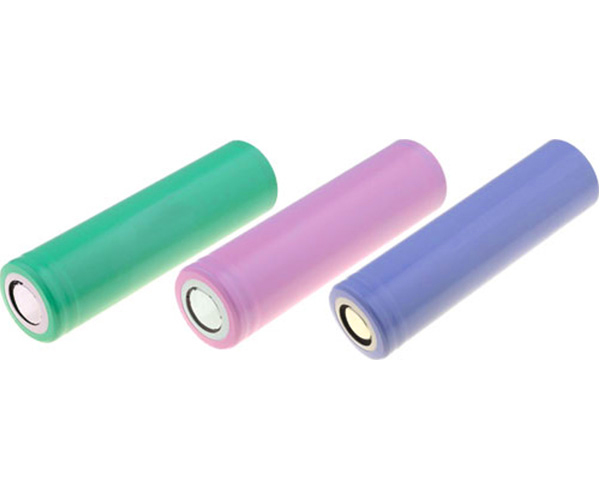
Specifications:
Voltage: Typically 3.6V–3.7V
Capacity: Commonly 2000mAh–3500mAh, depending on design and quality
Chemistry: Predominantly lithium-ion, ensuring efficient energy storage and delivery
Advantages:
High Energy Density: Stores significant power in a compact format, making it suitable for portable electronics.
Rechargeable: Can withstand hundreds of charge–discharge cycles, reducing replacement costs and waste.
Versatile Applications: Compatible with a wide range of devices, from consumer electronics to industrial equipment.
Stable Performance: Maintains a relatively consistent voltage output, providing reliable operation.
Disadvantages:
Overheating Risks: Improper charging or handling may cause overheating or, in rare cases, failure, highlighting the need for proper battery management.
Finite Lifespan: Although rechargeable, the battery’s capacity diminishes gradually after repeated cycles.
Environmental Sensitivity: Performance can decline in extreme heat, cold, or humid conditions.
Counterfeit Issues: Due to high demand, imitation products exist on the market, which may compromise safety and performance.
The 26650 battery is a cylindrical lithium-ion cell that was developed in the mid-2000s to meet the needs of high-power and long-runtime applications. With dimensions of about 26mm in diameter and 65mm in length, it is noticeably larger than the 18650 battery. This increase in size allows for greater capacity and stronger power output. Originally used in electric vehicles and industrial systems, it is now also common in high-performance flashlights, power tools, and renewable energy storage solutions. Typical specifications include a voltage range of 3.6–3.7V and capacity levels between 4000mAh and 6000mAh.
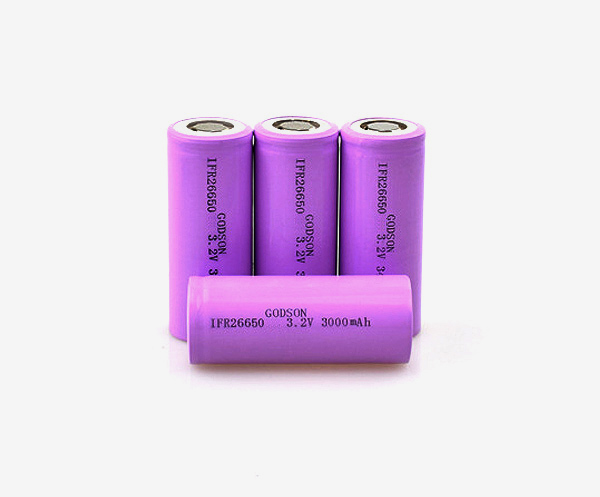
Specifications:
Size: Approximately 26mm × 65mm, larger than the 18650 format
Voltage: Generally 3.6V–3.7V
Capacity: Typically 4000mAh–6000mAh, offering extended runtime
Chemistry: Usually lithium-ion, ensuring high energy density and consistent output
Advantages:
Higher Capacity: Its larger size enables more energy storage, suitable for devices needing extended use.
Durability: Designed for demanding applications, it often provides a longer operational life compared to smaller cells.
Supports High-Drain Loads: Well-suited for equipment that requires continuous high power, such as tools, lighting, and EV batteries.
Improved Heat Management: Greater surface area helps dissipate heat more effectively during heavy operation.
Disadvantages:
Bulkier Design: The larger format may not fit devices with compact or standardized battery compartments.
Compatibility Limits: Requires specific device designs, reducing its versatility compared to smaller cells.
Higher Cost: Generally more expensive than 18650 cells, which can raise overall device costs.
| Feature | 18650 Battery | 26650 Battery |
|---|---|---|
| Size (Diameter x Length) | 18mm x 65mm | 26mm x 65mm |
| Capacity | 2000mAh – 3500mAh | 4000mAh – 6000mAh |
| Voltage | 3.6V – 3.7V | 3.6V – 3.7V |
| Energy Density | Moderate | High |
| Applications | Laptops, Flashlights, Vaping | Electric Vehicles, Power Tools, Solar Energy |
| Performance | Reliable for Small Devices | High Performance, Long Runtime |
| Cost | Affordable | Expensive |
| Availability | Widely Available | Limited Availability |
| Compatibility | Widely Compatible | Limited Compatibility |
| Lifespan | Moderate | Longer Lifespan |

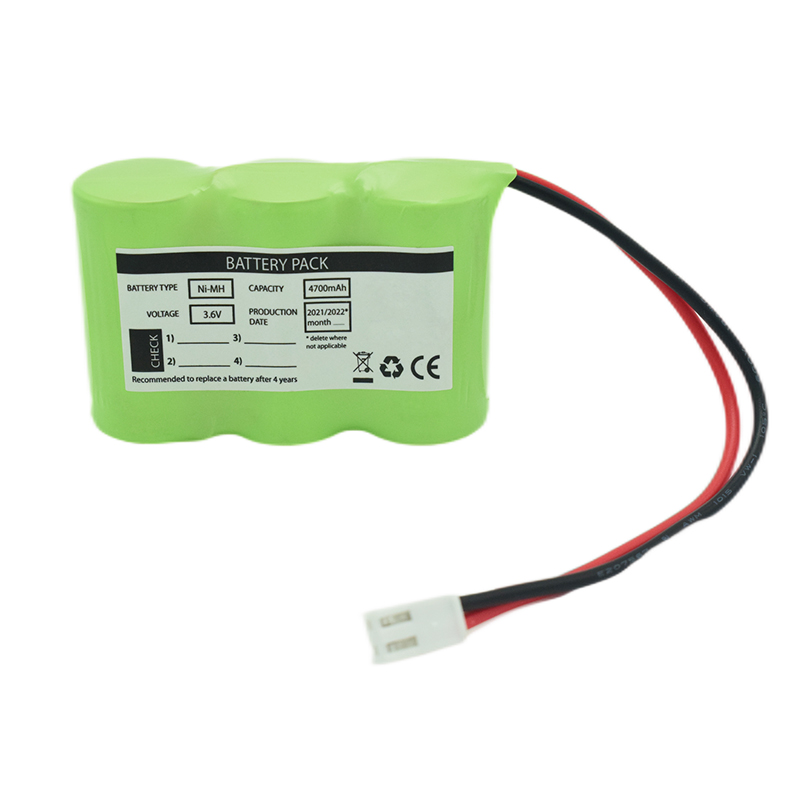 Ni-MH Battery C4700mAh 3.6V
Ni-MH Battery C4700mAh 3.6V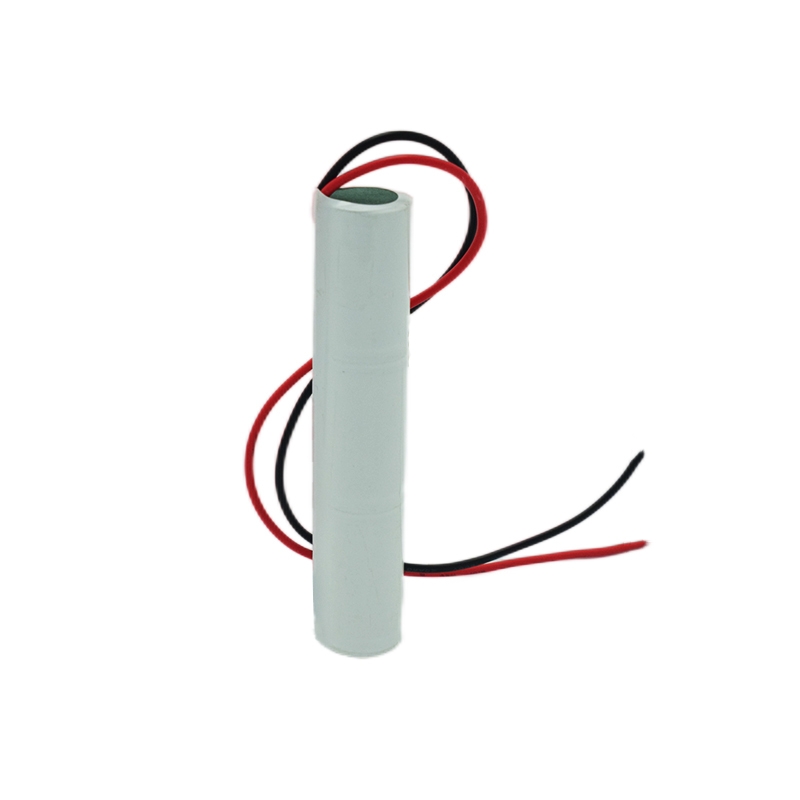 Nickel Cadmium Nicd Battery Pack SC1800mAh 3.6V
Nickel Cadmium Nicd Battery Pack SC1800mAh 3.6V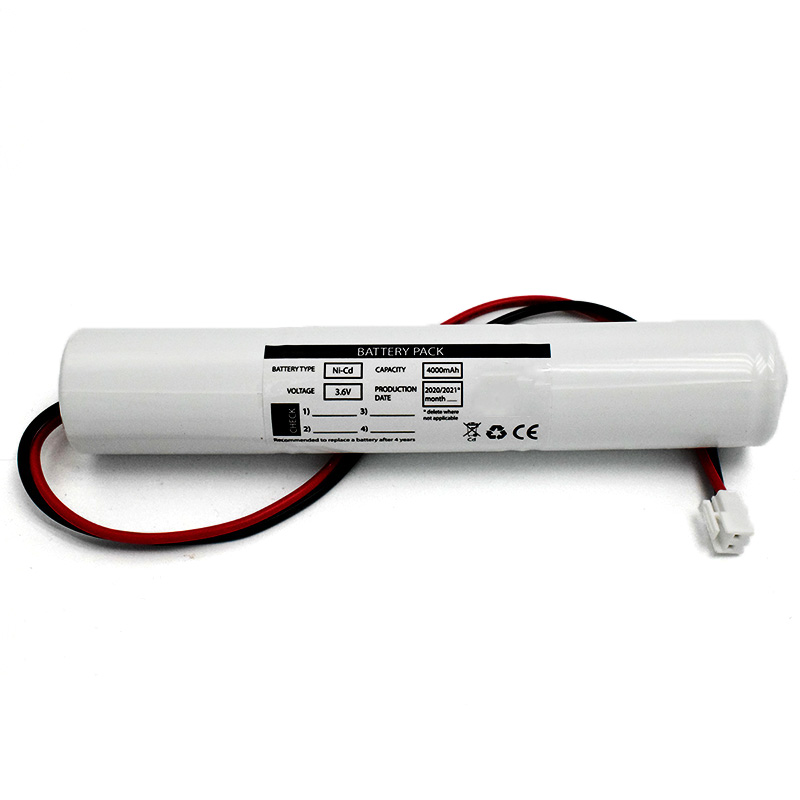 Ni-Cd Battery Pack D4000mAh 3.6V
Ni-Cd Battery Pack D4000mAh 3.6V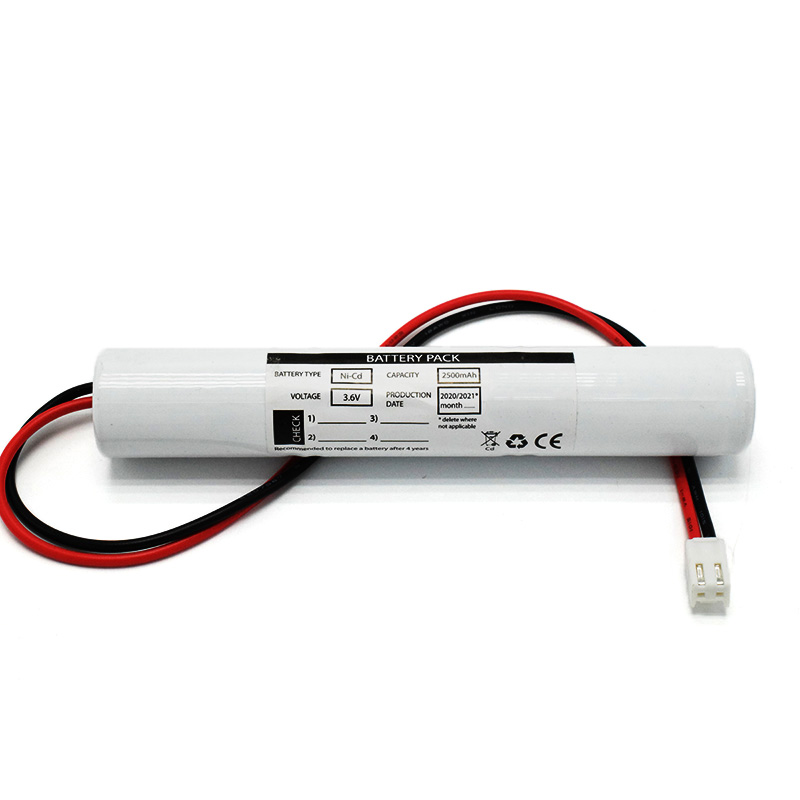 Ni-Cd Battery Pack C2500mAh 3.6V
Ni-Cd Battery Pack C2500mAh 3.6V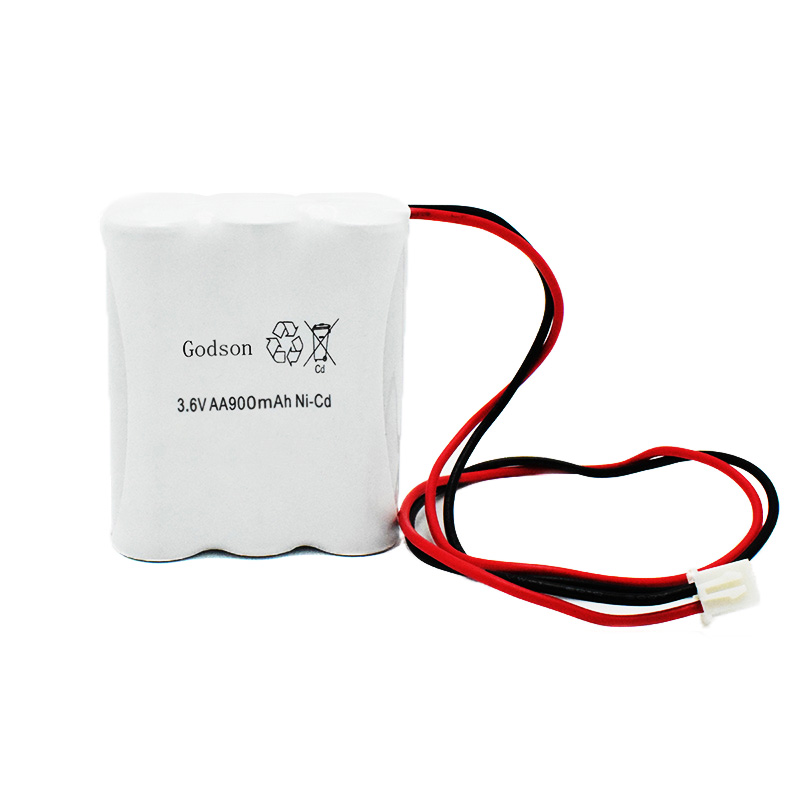 NICAD Battery Pack AA900mAh 3.6V
NICAD Battery Pack AA900mAh 3.6V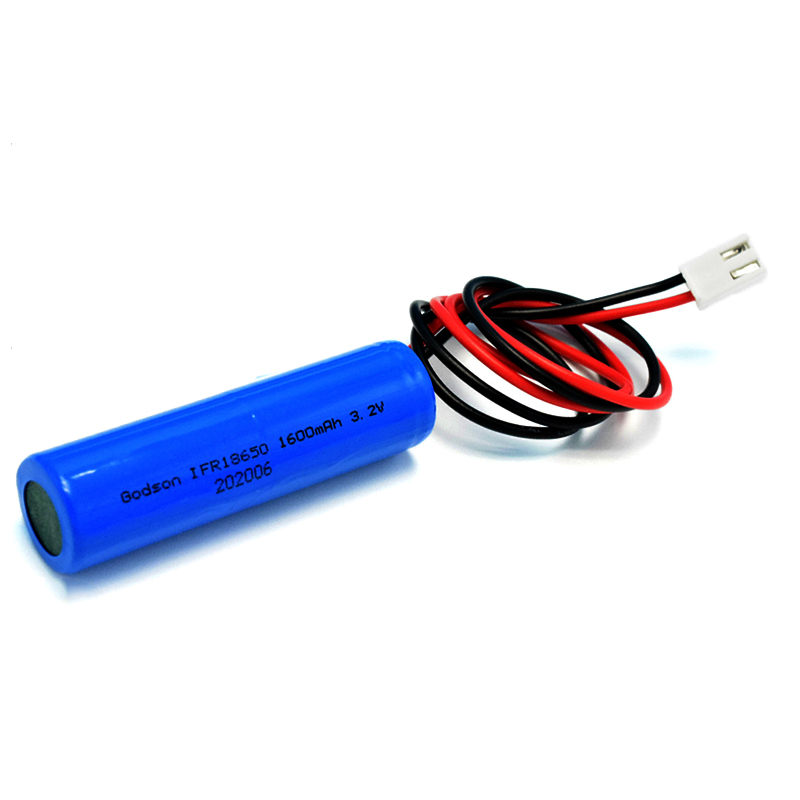 LiFePO4 IFR18650 1600mAh 3.2V
LiFePO4 IFR18650 1600mAh 3.2V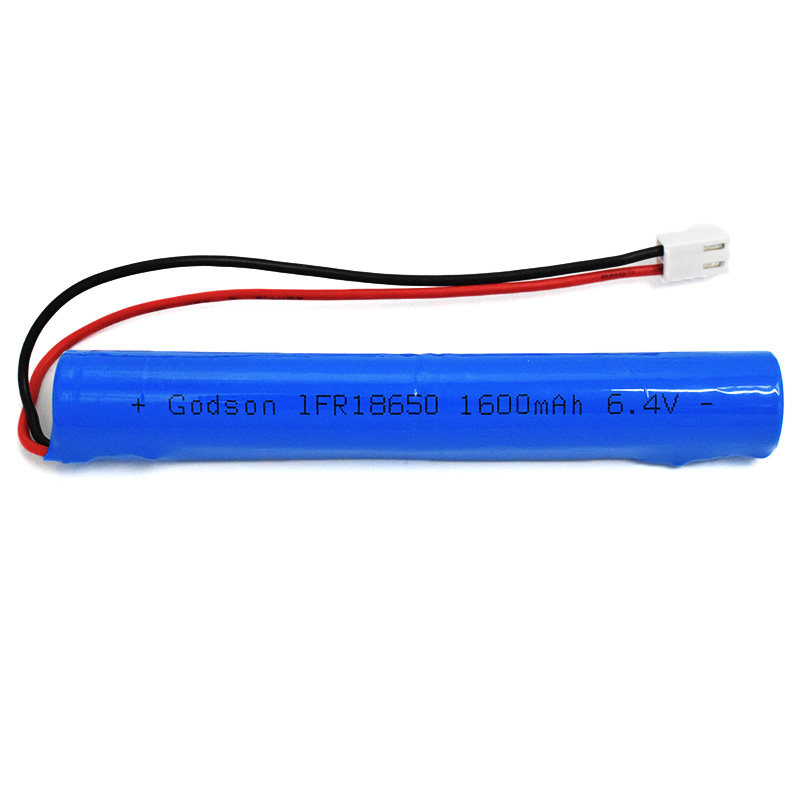 LiFePO4 IFR18650 1600mAh 6.4V
LiFePO4 IFR18650 1600mAh 6.4V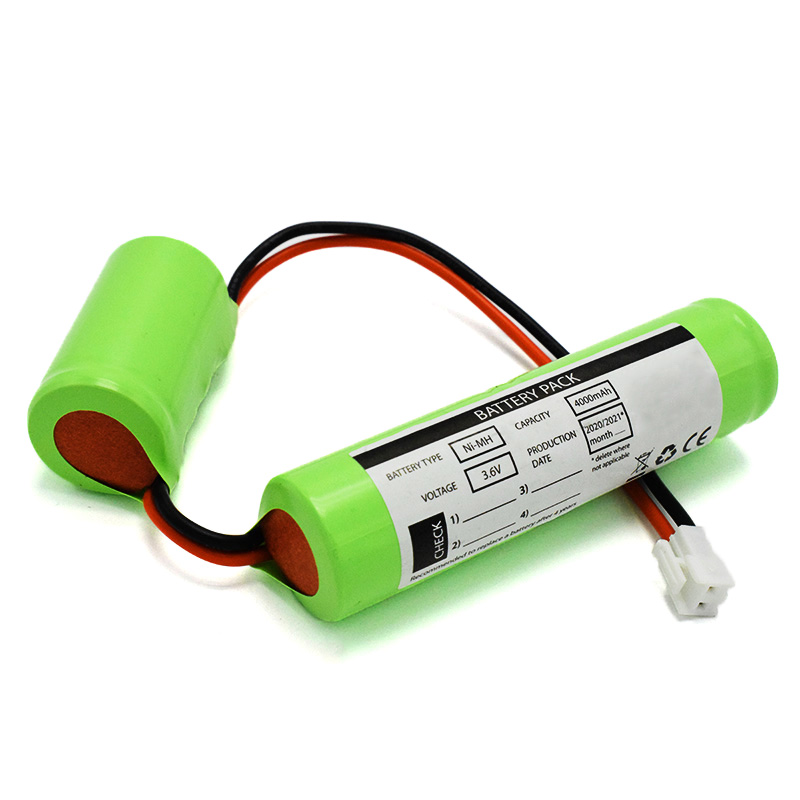 Ni-MH Battery C4000mAh 3.6V
Ni-MH Battery C4000mAh 3.6V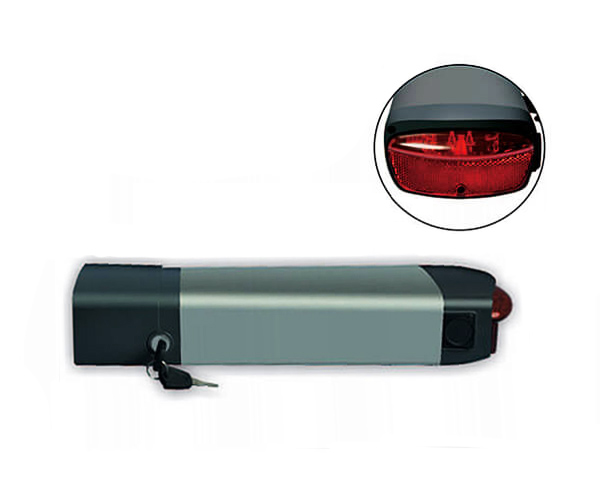 E-bike Battery 48V 10Ah JL-1
E-bike Battery 48V 10Ah JL-1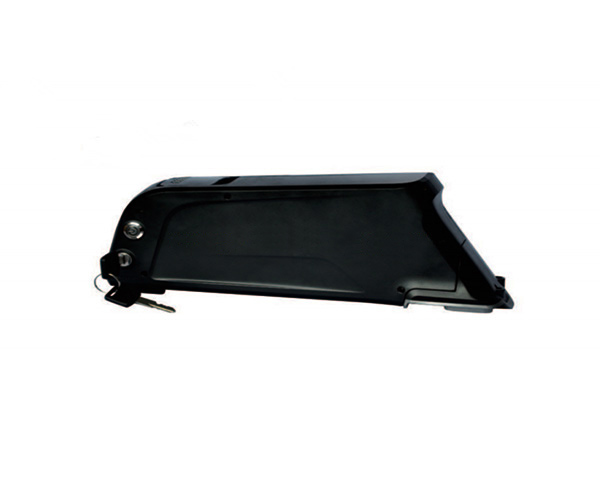 E-bike battery 48V 10Ah Qing Tian
E-bike battery 48V 10Ah Qing Tian